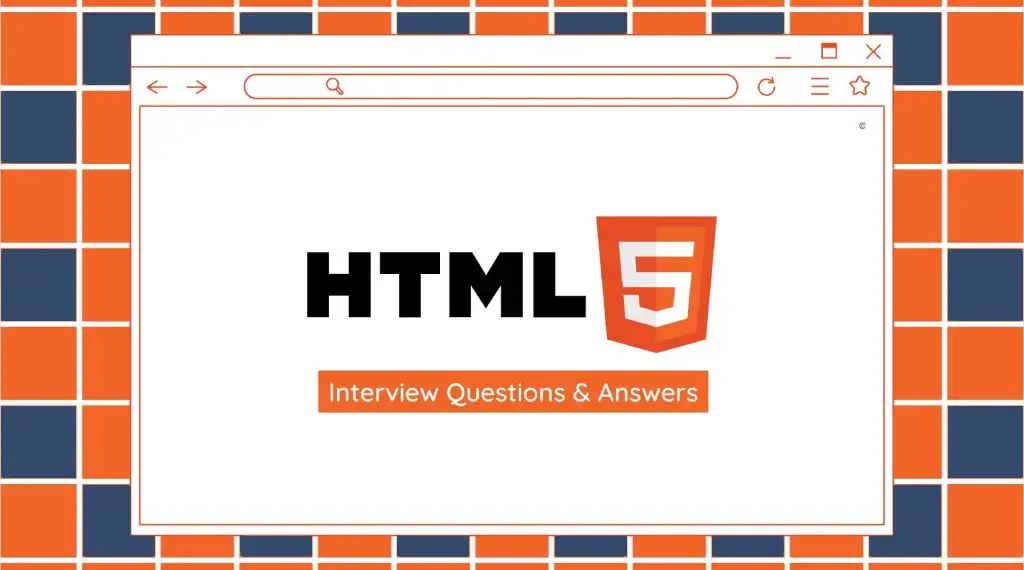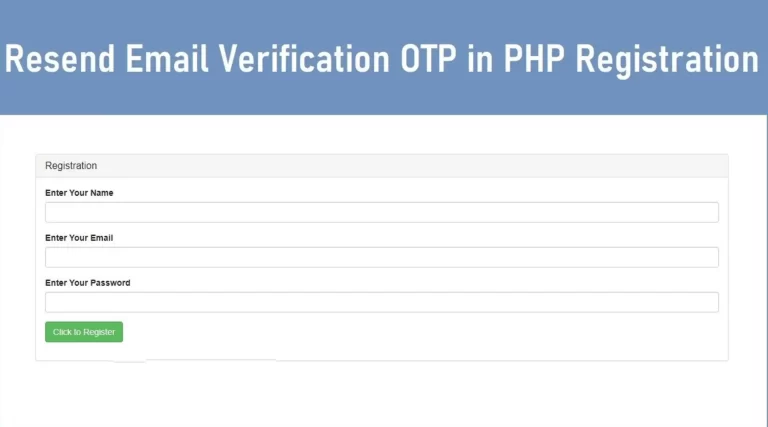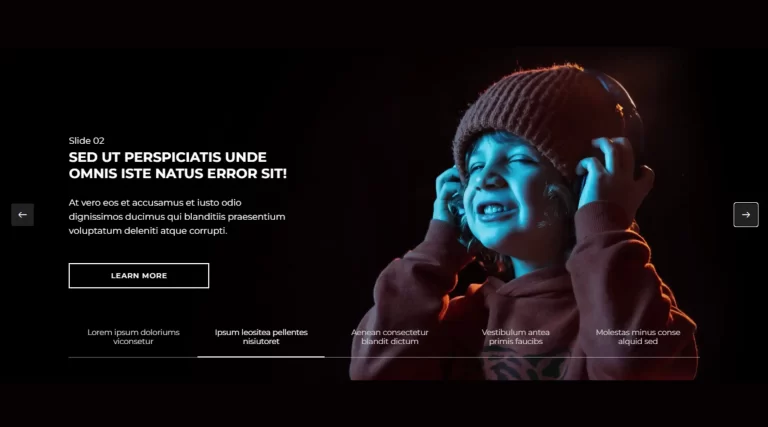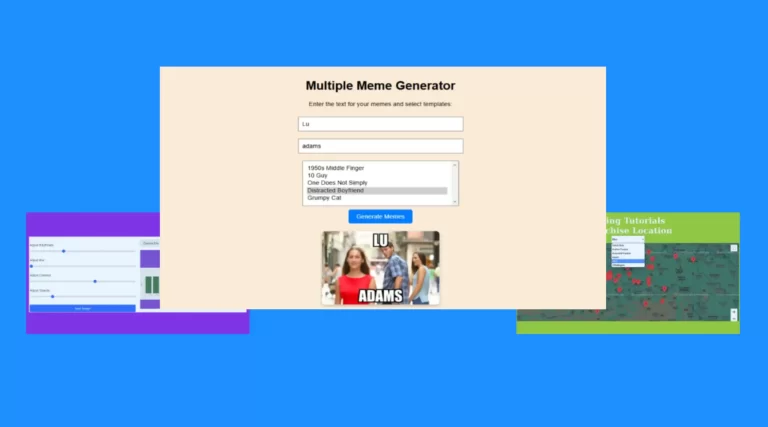
Which of the following tags do not required a terminator?
- <u>
- <br>
- <b>
- None of the above
What do we use to get ordered list?
- <h1>
- <ul>
- <ol>
- None of the above
Ans. <ol>
Which one of the following tags is used to insert graphics in the webpage
- <image>
- <images>
- <img>
- <graphics>
Ans. <img>
Which HTML tag is used to display the content as moving text?
- <marquee>
- </img>
- <a href>
- None of the above
Ans. <marquee>
What should HTML comments be enclosed in?
- <!-and->
- <! And !>
- <!—and—“”
- None of the above
Ans. <!-and->
What is the extension of HTML document?
- .htx or .html
- .html or .html
- .hmt or .hmtl
- .htm or .html
Ans. .htm or .html
Which of the following is true?
- BR tag is used to have a blank line.
- In tables, the header cell is centered by default and the data cells are right-aligned.
- The <TR> is used to create a data cell.
- None of the statements are true
Ans. None of the statements are true
Which tag provides visual division between sections of a page and causes the browser to draw a raised line?
- <HL>
- <HR>
- <UR>
- None of the above
Ans. <HR>
What does JPEG mean?
- Joint photographics embedded group
- Joint photographics extended group
- Joint photographic experts group
- None of the above
Ans. Joint Photographic Experts Group
What does TIFF stand for?
- Tagged image file format
- Textual images file format
- Tagged image font file
- None of the above
Ans. Tagged image file format
What can we use for abbreviations in HTML?
- <abbr> </abbr>
- <acronym> </acronym>
- Both of the above
- None of the above
Ans. <abbr> </abbr>
What is the purpose of a DNS server?
- To translate the domain name of another computer into IP address only
- To translate the domain name of another computer into IP address and vice versa on request
- To translate the IP address to the domain name
- None of the above
Ans. To translate the IP address to the domain name




